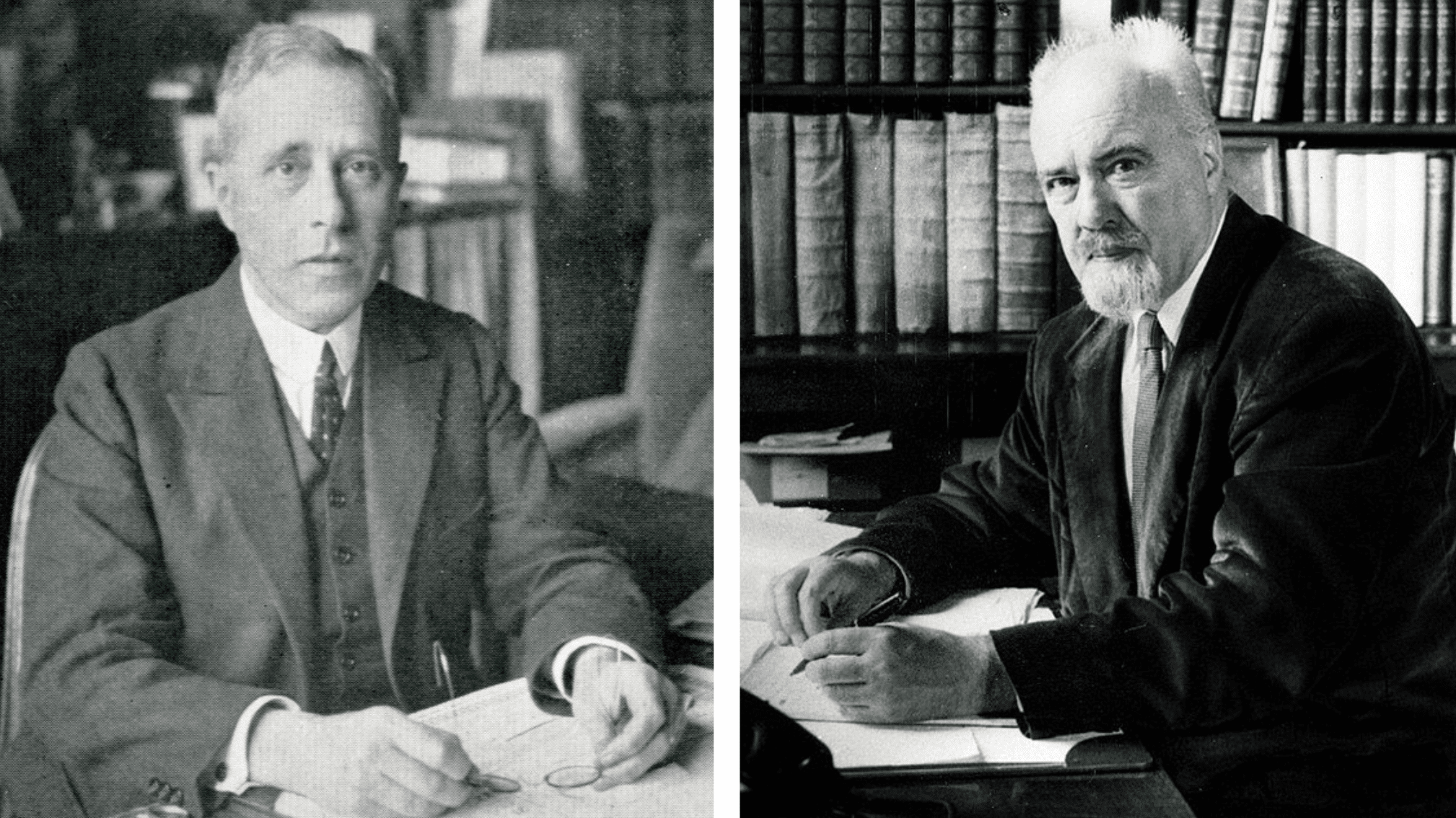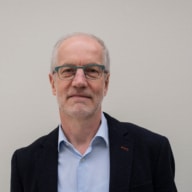FROM THE ARCHIVES: Huizinga and Geyl. A Portrait of Two Dutch Historians
Once in a while, editor-in-chief Luc Devoldere dives into the archives of The Low Countries and pulls out a story that is worth rereading. Consider it left luggage, that reveals a hidden gem. This week: the legacy of the legendary Dutch historians Johan Huizinga and Pieter Geyl.
 Johan Huizinga and Pieter Geyl
Johan Huizinga and Pieter GeylWhat a delightful synoptic piece this portrait of the two most famous Dutch historians of the twentieth century is in our first yearbook! Its author, E. H. Kossmann, was successor of Pieter Geyl at the Chair of Dutch History at University College London (read the necrology of Kossmann by Reinier Salverda HERE).
Johan Huizinga (1872-1945) and Pieter Geyl (1887-1966) were both nationalists, but of a different complexion. Huizinga believed that the state created the nation, and Geyl believed that the lowland nation (a “tribe”) was divided into two states, and that the Netherlands and Flanders, linked by the deep bond of the same language, needed to be reunited.
The article ends with a beautiful description of Geyl by A.J.P. Taylor: ‘He has the air of an historian when he simply crosses the street. Even when he is wrong (and I think he is sometimes), he is wrong as only a historian can be.’
Read HERE the entire article that was previously published in the 1993-1994 yearbook The Low Countries № 1.












